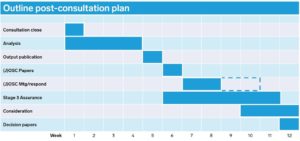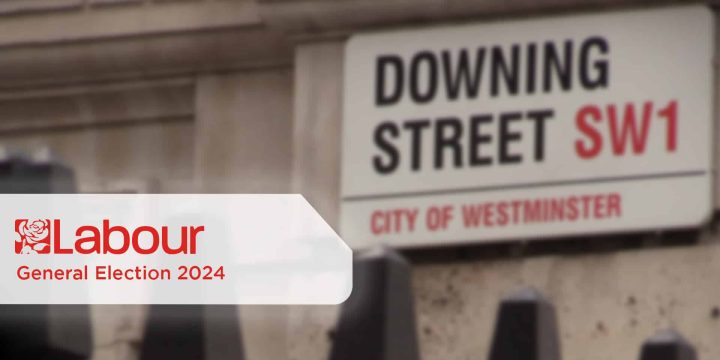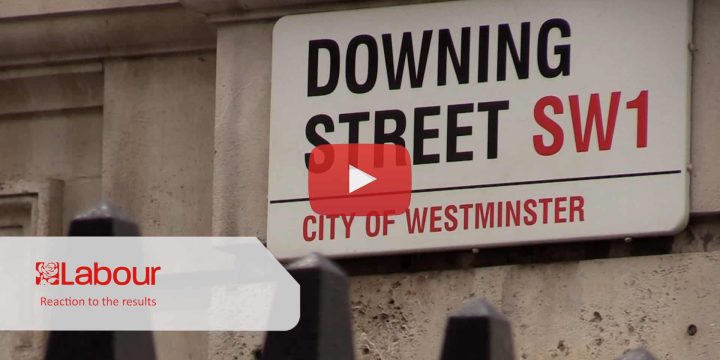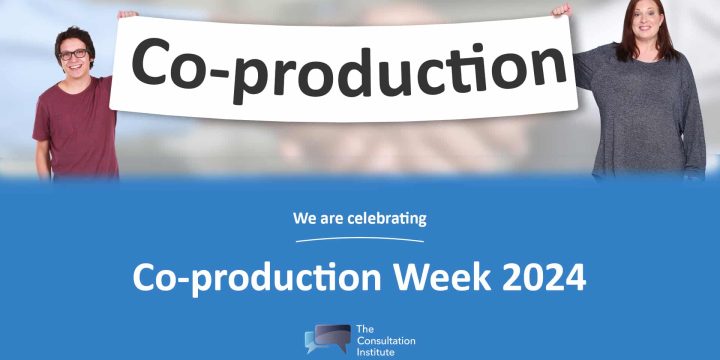News & Insights
Decisions, decisions. Making time to get them right
One of the challenges of planning a process of making decisions about health services that involve a public consultation is that the consultation tends to take centre stage. Perceptions about how long a consultation should last, can dominate, leaving little time in a programme timetable for the important work of preparing for a consultation and acting on its outputs.
The days of closing a public consultation one day and making a decision the next are long gone, now even timescales of four to six weeks between a public consultation closing and the scheduled decision-making meeting are often too ambitious.
Commissioning deadlines, fragile services, operational needs, the push for tight timescales is understandable, but there are good reasons to push back. There are better places to look if you need to save time. Updated regulations and guidance, and Judicial Reviews have all had their impact on the way we do things – giving too little time to do the basics can risk all the, sometimes years of, hard work that’s gone into the programme.
Affected by optimism bias[1], consultors regularly commit to timescales that don’t allow enough time to do things properly. It’s such an important issue that I single it out in my own planning framework and devote time to discussing it on the dedicated health service version of the Conducting a Public Consultation training course I run for The Consultation Institute.
These are some of the key points to consider:
1 – Decision-makers must have time to consider the points raised in response to the consultation. The famous Gunning Principles[2] state: decision-makers must conscientiously consider the product of the consultation. It’s impossible to do that if the output report is not available or is incomplete at the time of the decision-making meeting.
2 – Change programmes have to allow enough time for consultation responses to arrive and be included in the analysis. That’s straight-forward for online responses, but COVID-19 means we’re seeing increases in postal responses and greater reliance on voluntary and community organisations to reach out to their communities. Timings need to allow for those submissions and reports to arrive and time to get them to the analysts.
3 – Analysing feedback to a consultation on major service reconfigurations is complex and resource-intensive. Change programmes need to allow time for that to be done properly and for issues to be identified and resolved. Consultees can expect their arguments to be heard, interpreted fairly and taken into account by decision-makers.[3]
You’ve got the report now, so you can send it to the decision-makers, and they can get on with it, can’t they? No.
4 – In England, the guidance that accompanies the local authority scrutiny regulations says it’s sensible for affected local authorities to have the benefit of feedback from the public consultation to inform their response to the proposals.[4] And it is. So, you’ll have to publish the consultation output report. Allow the local authority (normally a health overview and scrutiny committee or joint committee) time to formally respond and ask questions about the proposals, then consider their response in private. This and report drafting can add weeks to the timescale, so change programmes will need to agree on timeframes with the individual committee or joint committee they are consulting. Local authorities are statutory consultees in these matters, so their view needs to be conscientiously considered in the papers for a decision-making meeting.
5 – At this point, change programmes might need to allow time for regulatory checks[5]. If this check is needed, programmes are normally informed before public consultation starts, so there is plenty of time to plan for it. And the checks can run in parallel with other post-consultation work.
6 – Timeframes need to consider normal organisational processes. If your governing body or board of trustees normally publish meeting papers a week ahead of a meeting, it should do for this type of decision too.
NHS service transformation programmes in England normally reach the conclusion they will need 12-20 weeks between the close of a public consultation and the scheduled decision-making meeting. There are efficiencies to be had. And more complicated programmes often need to be more generous with consideration periods.
(Figure based on requirements for consultations on proposals for changes to health services in England)
It can be helpful to model best and worst-case scenarios, assess the potential risks and build in some reasonable contingency. This piece focuses on the requirements of the process in England. Requirements vary in Northern Ireland Scotland and Wales, get in touch if you’d like to talk about that or talk anything else through.
[1] It’s a thing, check it out.
[2] R (Gunning) v Brent London Borough Council (1985) 84 LGR 168
[3] p306, The Politics of Consultation, Jones & Gammell, The Consultation Institute 2018; R (ex parte Kohler) v The Mayor’s Office for Policing and Crime [2018] EWHC 1881
[4] 4.4.2, Local Authority Health Scrutiny, guidance to support Local Authorities and their partners to deliver effective health scrutiny, DoH 2014
[5] In England: p32 Planning, assuring and delivering service change for patients, NHS England 2018




